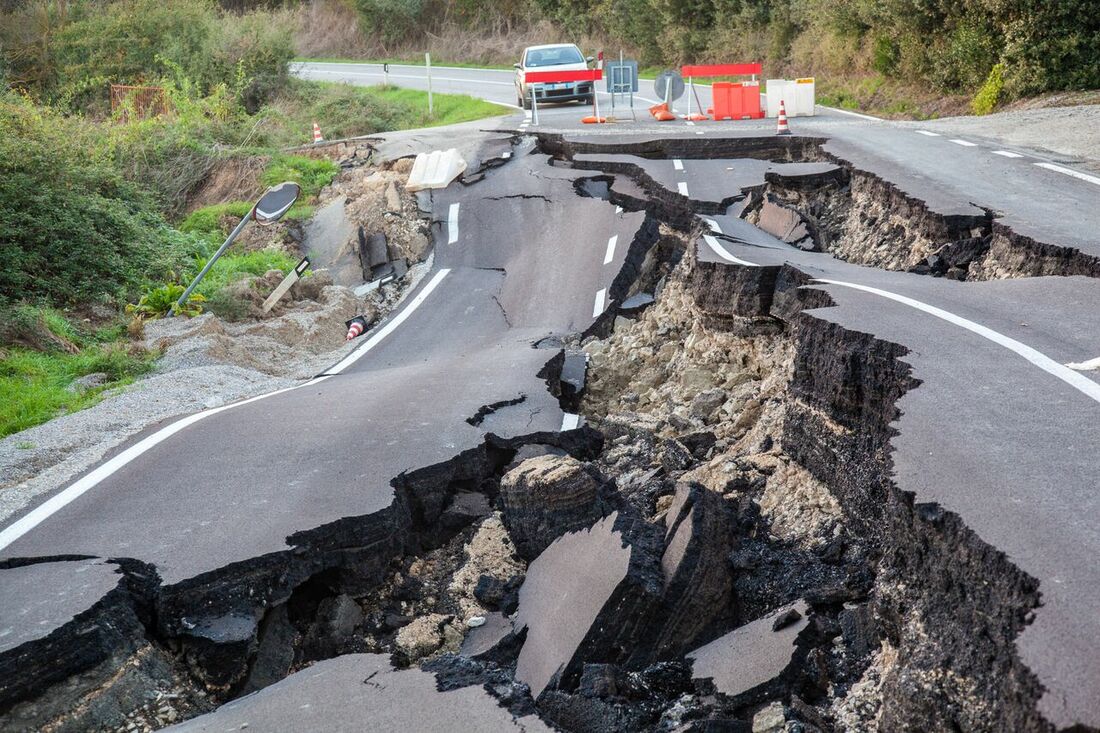|
BEFORE EARTHQUAKES
MYTH: Earthquakes only happen on the west coast of the U.S., so I don’t need to prepare if I live elsewhere. FACT: False. Earthquakes can strike anywhere, according to the U.S. Geological Survey. In fact, 45 states and territories in the U.S. are at moderate to very high risk of earthquakes. The 2011 earthquake in Virginia was proof of this. So you want to prepare no matter where you live. [Source: U.S. Geological Survey] TIPS:
DURING EARTHQUAKES: MYTH: Get in a doorway when an earthquake occurs. FACT: Years ago, you may have been taught to get in a doorway during an earthquake. But doorways aren’t any stronger than the rest of a structure. Plus, they don’t provide protection from flying or falling objects. It’s better to get under a steady piece of furniture and hold on. [source: ready.gov] MYTH: Run outside if you are indoors. FACT: Running outside could expose you to flying objects and you could be hit. Many injuries occur when people try to move from one place to another. Here’s what you should do instead: [source: ready.gov] TIPS:
[source: Red Cross, ready.gov] AFTER EARTHQUAKES MYTH: The worst is over. It’s time to assess damage and clean up. FACT: Don’t assume that you’re now safe. Aftershocks can occur minutes after the first quake ends. While they’re usually not as strong, they can cause additional damage and injuries. Drop, Cover and Hold On again in the case of aftershocks. [source: ready.gov] TIPS:
[source: Red Cross, ready.gov]
0 Comments
Leave a Reply. |
JENS ERIK GOULDJens Erik Gould is the Founder & CEO of Amalga Group, a pioneering Texas-based nearshore outsourcing firm specializing in IT, software engineering, and contact center staffing. Archives
February 2024
Categories |

 RSS Feed
RSS Feed